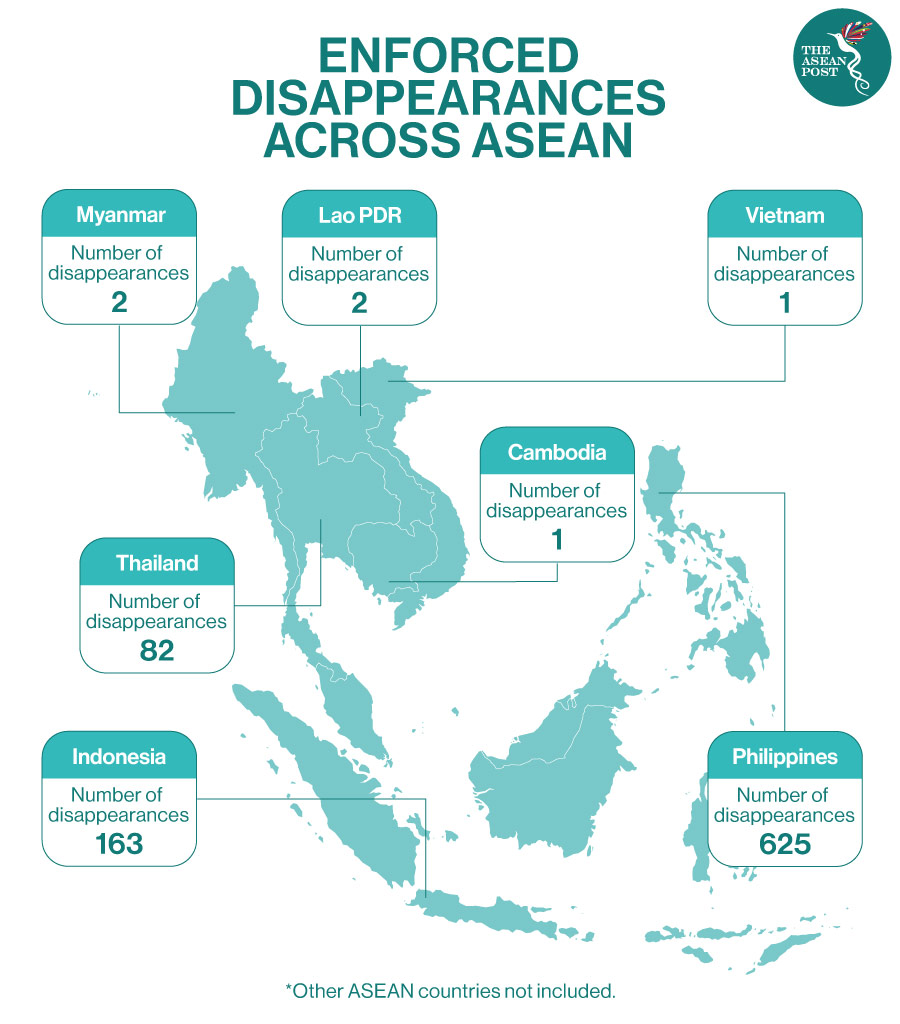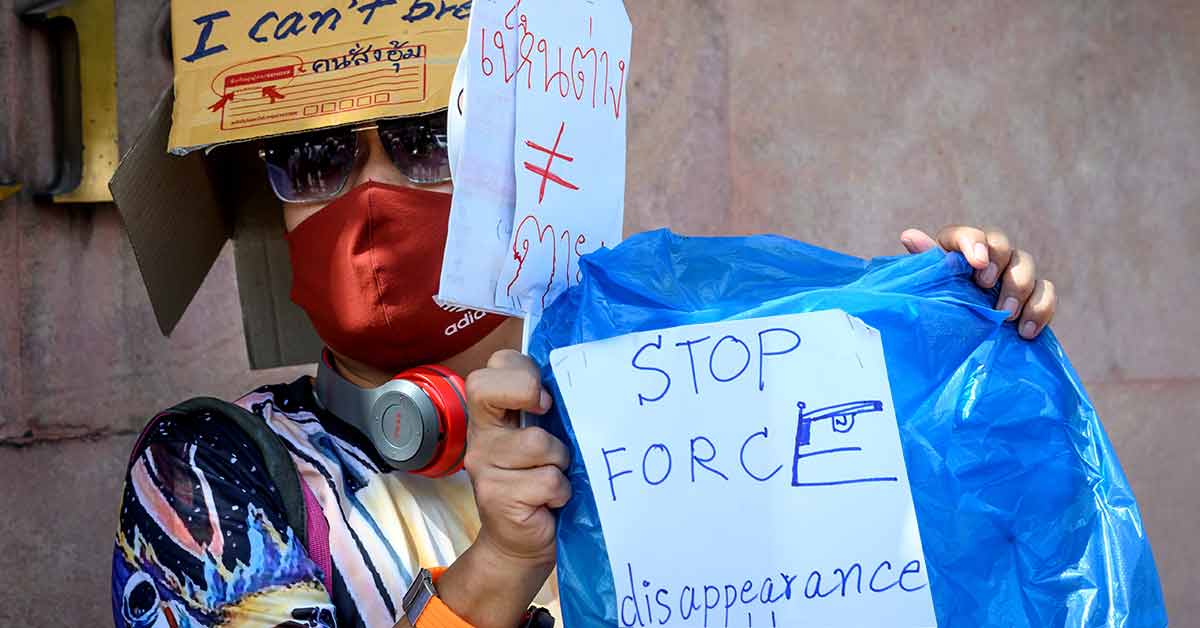On Monday, about 30 activists gathered outside the Cambodian Embassy in Bangkok, the capital of Thailand, calling on the Cambodian government to help find pro-democracy Thai activist Wanchalearm Satsksit. The self-exiled activist has been a vehement critic of the Thai government and went missing last week in Phnom Penh, Cambodia.
Human Rights Watch (HRW), an international non-governmental organization (NGO) that conducts research and advocacy on human rights – citing witnesses and security camera footage – claimed that the activist was allegedly dragged into a car in broad daylight. Cambodian police announced on Tuesday that they will investigate the alleged abduction of Wanchalearm.
"We are launching an investigation into it... it's not clear yet at what level this information (about his disappearance) is true," National Police spokesman Chhay Kim Khoeun told reporters. He also added that Cambodian authorities and police did not arrest the activist.
Bangkok has also denied any knowledge of Wanchalearm’s whereabouts. Nevertheless, the activist is a wanted man by Thai authorities for allegedly breaching the Computer Crimes Act and Article 116, which criminalises writing that causes unrest.
Unfortunately, Southeast Asia has an abundance of unsolved cases of missing activists across the region.
Just last year, multiple cases of missing activists were reported across ASEAN.

In August 2019, Od Sayavong, a prominent pro-democracy activist from Lao disappeared and was last seen at his Bangkok home. Od had been living in Thailand as he sought resettlement in a third country with assistance from the United Nations (UN) refugee agency (UNHCR). According to media reports, he was associated to the Free Lao group – a network of migrant workers and activists living in exile in the Thai capital city, who occasionally held protests and advocated for human rights and democracy in Lao.
A few days prior, the charred remains of ethnic Karen leader Porlajee "Billy" Rakchongcharoen were found in an oil drum at a lake in a Thai national park, years after he went missing. And a year before that, Thai political activist and former political prisoner, Surachai Danwattananusorn also went missing in Vientiane, Lao. It was reported that two of his aides, Chatchan "Phoo Chana" Boonphawal and Kraidet "Kasalong" Luelert also disappeared not long after. The bodies of the two aides were found less than two weeks later in the Mekong River near Nakhon Phanom.
Media reports stated that since a coup in May 2014, Thailand has vowed to track down pro-democracy critics, especially those accused of attacking the monarchy. HRW claims that at least eight notable Thai activists who have fled to Lao, Cambodia and Vietnam have also gone missing.
Other ASEAN members states have also reported cases of enforced disappearances of activists as well. For example, in Indonesia dating back to 1997-1998, many pro-democracy activists were abducted between the 1997 Indonesian Legislative Election and the fall of Suharto in 1998. It was reported that a few of the victims were released while 13 activists still remain missing.
Enforced Disappearance
“Bangkok’s streets should be safe from abductions and wrongful arrests,” said Brad Adams, the Asia director at HRW referring to Od Sayavong’s disappearance last year.
Nevertheless, for some activists across the Southeast Asian region, they risk murder, abduction and arrest for voicing out their opinions and fighting for human rights.
Hamid (who like many Indonesians goes by one name) from Amnesty Indonesia told the media that there has been a growing climate of hostility towards activists in the archipelago. He added that cases of harassment or violence against activists were rarely taken seriously by the authorities.
"More and more activists have been the victims of intimidation, stigma, death threats and criminalisation," explained Hamid.
According to a report by the Working Group on Enforced or Involuntary Disappearances (WGEID) presented before the United Nations (UN) Human Rights Council last September, Thailand has seen at least 90 cases of enforced disappearance since 1980. The kingdom ranks fourth in Southeast Asia after Indonesia. Whereas the Philippines is the worst offender with an estimated 786 cases since 1980.
The enforced disappearance of activists has also been widely discussed among public figures and celebrities. Former Miss Universe Thailand, Maria Poonlertlarp spoke up about the recent disappearance of Wanchalearm Satsaksit on her Instagram profile.
“What’s scary is that many exiled Thais have been disappearing and later found dead stuffed with concrete under water… what kind of place are we living in when we cannot simply voice our opinion? Life is diverse and so are opinions. I’m tired of living in fear. Aren’t you? I’m nervous yet excited that people in my country are becoming more vocal. Time for change is near,” wrote the Thai beauty queen.
Related Articles:
